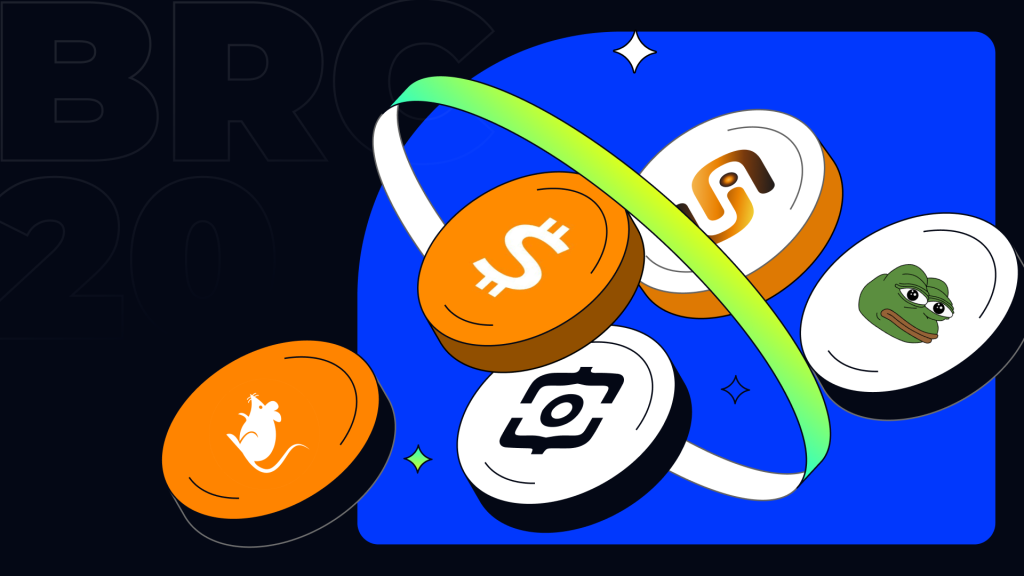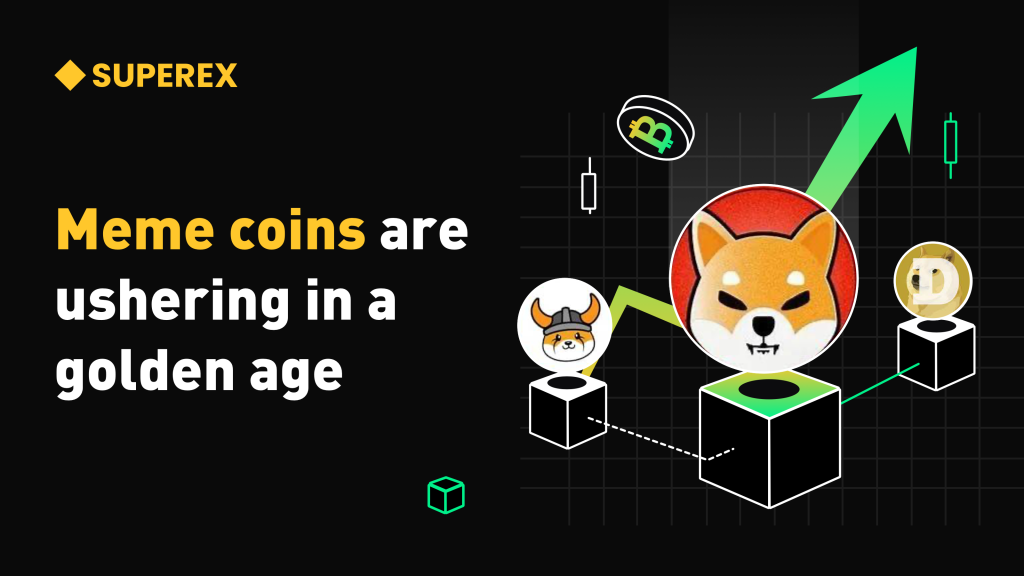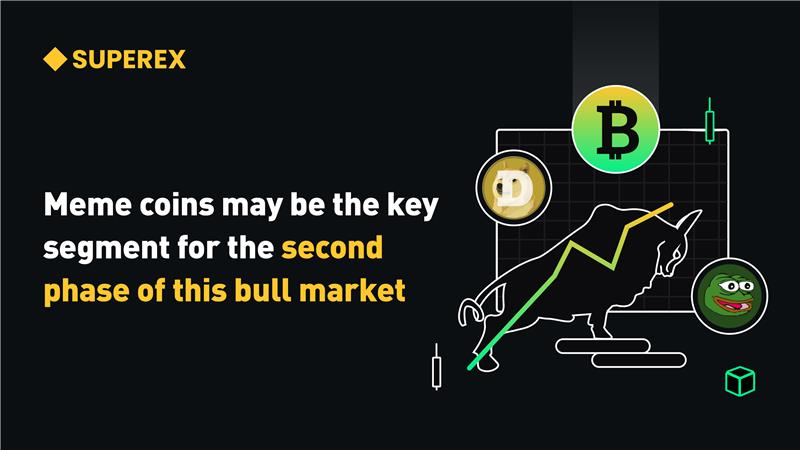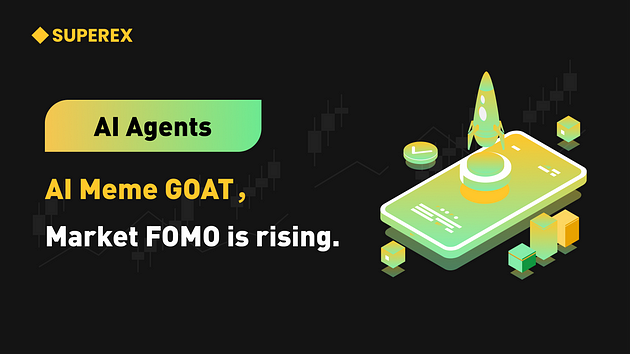A Glance at Mainstream Inscription Tokens


Most mainstream inscription tokens are meme coins with little utility. They are characterized by a small market capitalization, with few exceeding $10 million. Their popularity is highly concentrated, and a waning of interest could lead to asset losses. Hence, it's crucial to identify inscriptions with long-term investment value and potential. In this article, we provide an overview of some prominent inscription tokens.
What are the inscriptions on Bitcoin?
ORDI
The Ordinals protocol numbers satoshis (the smallest unit of Bitcoin, 1 BTC = 100 million satoshis) based on the order they are mined and tracks them in transactions. This numbering scheme makes each satoshi distinct. Satoshis are transferred from transaction inputs to outputs in a first-in-first-out order. The numbering scheme relies on the order satoshis are mined, while the transfer (transaction) scheme relies on the order of transaction inputs and outputs. Therefore, the protocol is named Ordinals. It has a total supply of 21,000,000.
SATS
With a total supply of 21 trillion, SATS was minted from March 9 to September 24, 2023, accumulating 21,107,258 instances from 36,061 holders. SATS is named after satoshi, the smallest unit of Bitcoin, and will function as the gas and trading pair for UniSat's L2 brc20-swap.
According to UniSat Wallet, brc20-swap will impose a 0.3% service fee on all traders. About one-sixth (0.05%) of this fee will be collected by UniSat, while the remaining five-sixths (0.25%) will be distributed among liquidity providers for each trading pair. This fee structure is primarily based on the fee rate standards adopted by UniSwap.
RATS
RATS is a prominent animal-inspired meme coin. It boasts 1 trillion supply in total, distributed across 1 million mints, each containing 1 million coins. Fueled by recent capital inflows, the token has experienced a notable surge in on-chain trading volume, becoming the second-most traded BRC-20 token.
PIPE
The Pipe protocol is an UTXO token protocol based on Bitcoin, with PIPE being its first token. In response to dust attacks on brc20, Casey, the found of Ordinals, introduced the Runes protocol. PIPE is the first protocol token built on Runes. By perfectly inheriting Bitcoin's UTXO model, which prevents double-spending, PIPE alleviates congestion on the Bitcoin network caused by repeated inscriptions within Ordinals. This significantly improves efficiency and reduces transfer costs. It's worth noting that PIPE does not follow the BRC20 standard and is currently only traded over the counter. The PIPE tokens available on UniSat are not included in the Pipe protocol. PIPE has a total supply of 21,000,000.
ATOM
ATOM is the first protocol token on Atomicals, and it was mined within about five hours. Mining $Atom requires using a computer's CPU and installing and configuring local environments, which is more technically demanding and, to a certain extent, more equitable than mining a BRC-20 token. Essentially, Atomicals distinguishes itself from Ordinals in several aspects. It mints and circulates based on BTC's UTXO, where one token equals one sat, aligning more closely with Bitcoint technology. In contrast, Ordinals lacks an issuance protocol. However, when Atomicals was released, standards and use cases for ARC-20 tokens were alreadly defined.
Other BRC20 tokens
Among other Bitcoin inscriptions with larger market capitalization are RDEX and BTCs. RDEX, a meme token following the BRC-20 standard, boasts a total supply of 100 million with a circulation rate of 100%. On the other hand, BTCs emerged as a counterpart to ETHs, the Ethereum inscription. With 21,000 mints, each containing 1,000 tokens, the total supply of BTCs amounts to 21 million.
Other public chain inscriptions
Ethereum inscription (ETHs)
Developed by Tom Lehman and Michael Hirsch, Ethscriptions employs dumb contracts and the Ethscriptions Virtual Machine (ESC-VM), allowing users to interact with contracts and perform computations on Ethereum with remarkably low gas fees. Users can inscribe any file that does not exceed 96 kilobytes in size. While currently limited to images, the creators envision expanding the range of supported file types. $ETHS is the token of Ethscriptions, with a total supply of 21 million.
ETHs official website: https://twitter.com/eths_X
Secondary trading market: https://www.etch.market/market/token?category=token&collectionName=erc-20%20eths
Degecoin inscription
DOGI is the first DRC-20 inscription on the Dogecoin blockchain. It can be bought through markets or via the official OTC tutorial.
DOGI official website: https://dogi.world
Secondary trading market: https://drc-20.org
Litecoin inscription
LITE is the first LTC-20 inscription, obtainable through the secondary trading market: https://unilit.io/referral/6VWQUf
Basecoin inscription
BASE, the first Base-20 inscription, is seeking partners to improve the protocol through Pure Inscription Transaction (PIT).
Secondary trading market for BASE: https://base20.live/#/market
Polygon inscription
Similar to SATS, POLS is the inscription on Polygon. Notably cheaper gas fees on Polygon compared to ETH and BTC make the cost of inscribing a POLS much lower than SATS, fostering an active trading environment.
The bottom line
Inscriptions are still in their infancy and lack practical use cases. Investors interested in inscriptions should consider metrics such as the number of holders, trading volume, and speculative concepts. While inscriptions may generate wealth in their early stages, the associated risks are substantial. Therefore, investors should exercise caution.






… [Trackback]
[…] Find More Information here to that Topic: x.superex.com/academys/beginner/2003/ […]
… [Trackback]
[…] Find More here to that Topic: x.superex.com/academys/beginner/2003/ […]
… [Trackback]
[…] Information on that Topic: x.superex.com/academys/beginner/2003/ […]
… [Trackback]
[…] Find More on that Topic: x.superex.com/academys/beginner/2003/ […]
… [Trackback]
[…] Info on that Topic: x.superex.com/academys/beginner/2003/ […]
… [Trackback]
[…] Find More here to that Topic: x.superex.com/academys/beginner/2003/ […]
… [Trackback]
[…] Read More to that Topic: x.superex.com/academys/beginner/2003/ […]
… [Trackback]
[…] Information on that Topic: x.superex.com/academys/beginner/2003/ […]
… [Trackback]
[…] Read More on to that Topic: x.superex.com/academys/beginner/2003/ […]
… [Trackback]
[…] Read More to that Topic: x.superex.com/academys/beginner/2003/ […]
… [Trackback]
[…] Information on that Topic: x.superex.com/academys/beginner/2003/ […]
… [Trackback]
[…] Find More here to that Topic: x.superex.com/academys/beginner/2003/ […]
… [Trackback]
[…] Find More to that Topic: x.superex.com/academys/beginner/2003/ […]
… [Trackback]
[…] Read More on on that Topic: x.superex.com/academys/beginner/2003/ […]
… [Trackback]
[…] Information to that Topic: x.superex.com/academys/beginner/2003/ […]
… [Trackback]
[…] Info to that Topic: x.superex.com/academys/beginner/2003/ […]
… [Trackback]
[…] Read More on on that Topic: x.superex.com/academys/beginner/2003/ […]
… [Trackback]
[…] Read More on on that Topic: x.superex.com/academys/beginner/2003/ […]
… [Trackback]
[…] Here you will find 26750 additional Info on that Topic: x.superex.com/academys/beginner/2003/ […]
… [Trackback]
[…] Find More Info here to that Topic: x.superex.com/academys/beginner/2003/ […]